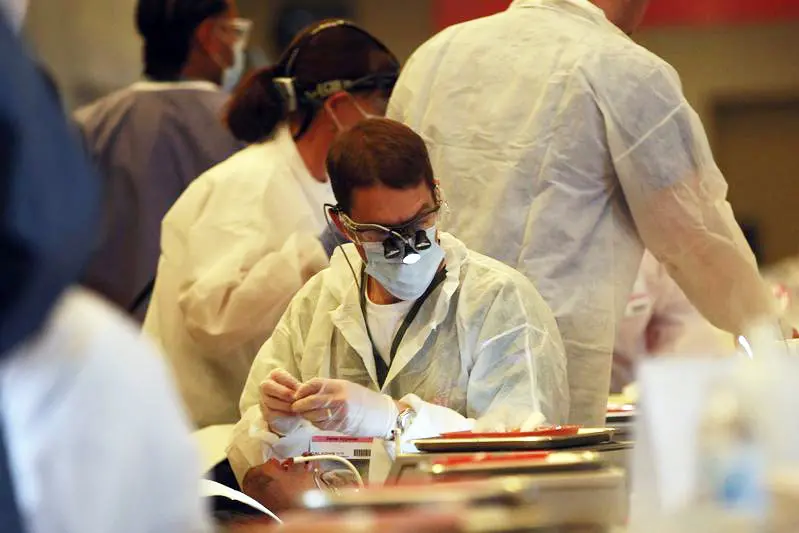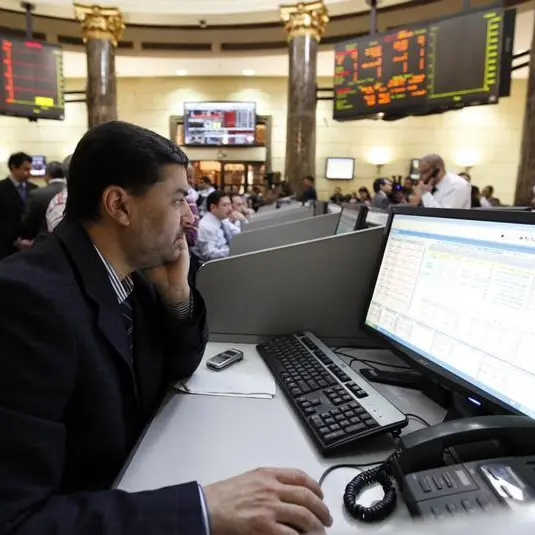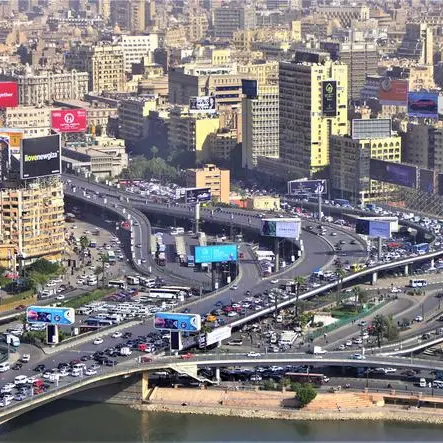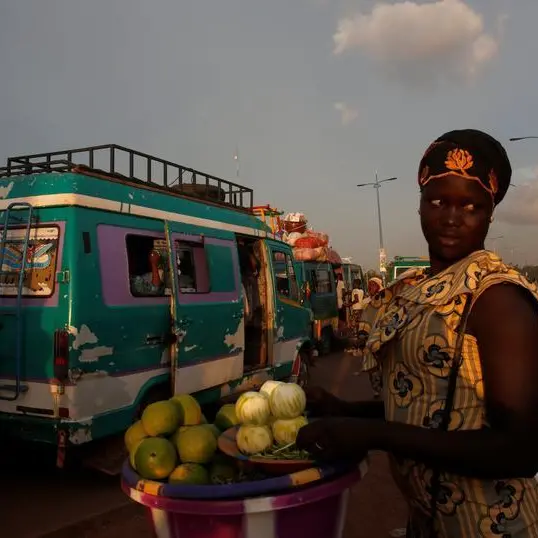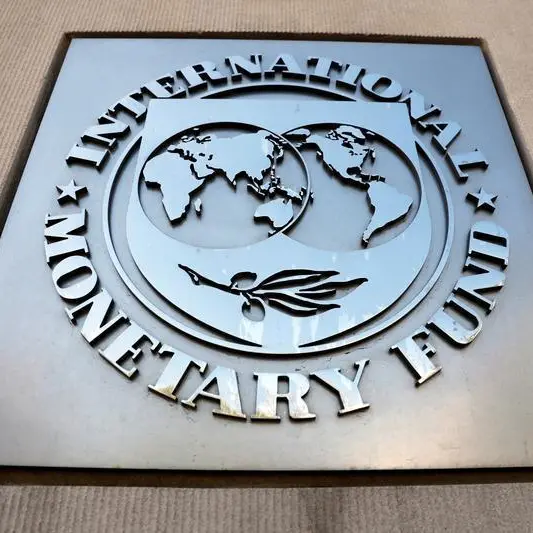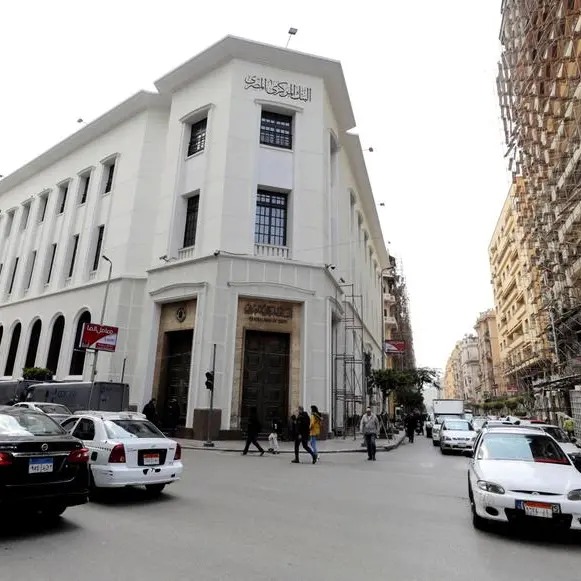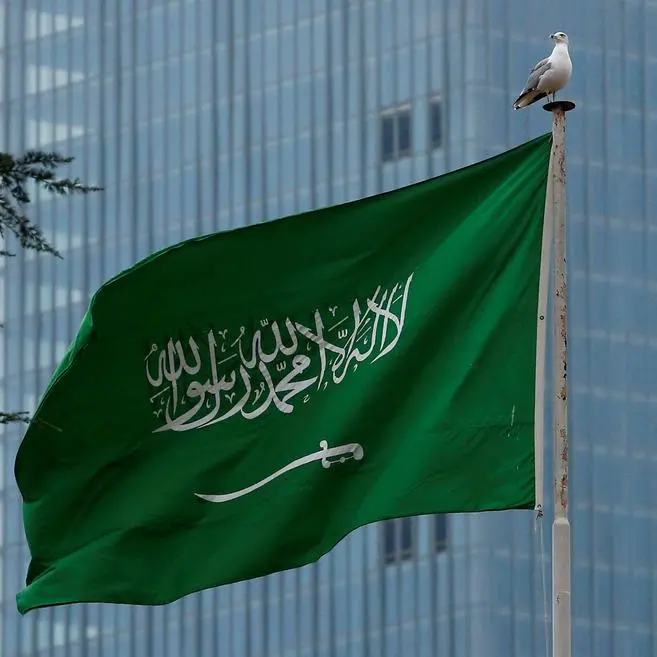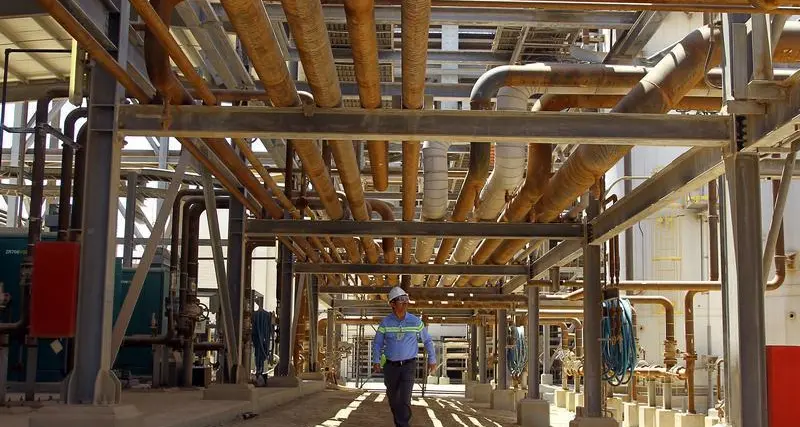PHOTO
The healthcare sector is a favourite of investors amid an economic slowdown
The Gulf healthcare sector is attracting investor interest amid a general equities downturn in the region, on the back of strong private sector growth potential and continued government investment in healthcare infrastructure and services.
The healthcare market is expected to record annual average growth rates of 11-13 percent between 2015 and 2020, fueled by growing populations, high spending power, a government push to raise services standards and the rollout of mandatory health insurance, according to Alpen Capital.
The market is set to grow at a 12.1 percent compounded annual growth rate (CAGR) to reach $71.3 billion by 2020 compared with $40.3 billion in 2015, the Dubai-based investment and research house said in a report on the Gulf Cooperation Council (GCC) healthcare industry issued in February 2016.
The Saudi Arabian healthcare market is forecast to reach $27.4 billion in 2020, and that of the United Arab Emirates to reach $19.5 billion, it added.
"Healthcare is seen as a defensive but growing sector and one of the few that can actually benefit from weaker government spending," said Akber Khan, director-asset management at Al Rayan Investment.
"There is an almost scary consensus among institutions that healthcare is their favourite place to be," he said on the Thomson Reuters Trading Middle East forum last week in a discussion on regional stock markets. "It has long been our biggest sector bet, but we begin to get nervous when it's at the top of everyone's list."
New projects
While Gulf governments have slashed spending to cope with shrinking oil export revenues and widening budget deficits, the healthcare sector has largely been immune. GCC states are injecting huge funds as well as encouraging private sector participation to build hospitals and clinics, upgrade infrastructure, and raise the quality of services.
Saudi Arabia spent 160 billion riyals ($42.67 billion) on the healthcare sector in 2015 and is set to spend another 104 billion riyals this year - among the highest apportionments in an austerity budget.
"Private sector participation in the industry is likely to rise in the wake of a slowdown in government spending and policies encouraging private investments," Alpen said, adding that Gulf states have introduced initiatives such as soft loans and land grants to encourage private sector involvement.
There are nearly 350 hospital projects under various stages of development around the region, of which almost 70 projects are worth more than $100 million each, according to Alpen, which cited data from September 2015.
The report said that demand for hospital beds in the GCC is projected to grow at 2.3 percent CAGR to 113,925 beds in 2020, representing an additional requirement of more than 12,000 beds in the next five years. Of these, Saudi Arabia is likely to account for more than 7,000 new beds and the UAE for nearly 1,900 beds.
Ardent Advisory & Accounting estimates that large infrastructure investments underway in the Gulf include 37 mega hospital projects valued at around $28 billion, which will add more than 22,500 new beds over the next few years.
Meeting expectations
Rising life expectancy, high incidence of lifestyle-related chronic diseases, population growth and rising consumer expectations are driving demand for healthcare services, management consultancy Deloitte said in a 2016 report.
The Gulf region remains a high-cost healthcare destination, with medical costs in the region rising 7 percent in 2014 according to latest available data, compared to around 4 percent in Europe.
The sector depends heavily on expatriates to meet the requirement for healthcare professionals. The average ratio of physicians (including dentists) and nurses per 10,000 people in the GCC stands at about 26 and 49, respectively, which Alpen Capital believes is insufficient to meet the growing demand for healthcare services.
The healthcare manpower challenge helps explain why the sector is one of the best performing recruitment sectors in the Gulf. According to the 'Employment and Salary Trends in the Gulf' report published by recruitment firm Gulf Talent this year, healthcare was the strongest recruitment sector, with 68 percent of healthcare firms surveyed reporting an increase in demand for staff last year.
"The healthcare market is growing. We are facing a high employee turnover, because of so many new opportunities in the market and too few qualified candidates," one anonymous UAE-based healthcare human resources manager was quoted as saying in the Gulf Talent report.
While many specialised healthcare services are now offered domestically, a large number of Gulf citizens still travel abroad for treatment - often at government expense.
Bahrain's government was spending around $66 million a year on treating Bahrainis abroad, but will now fly in medical experts as part of cost-saving measures, the country's health minister said in December. Kuwait plans to reduce state allocations for sending Kuwaitis abroad for medical treatment.
"Considering the high incidence of cancer and cardiovascular ailments, there is an urgent need for specialised care centres in the GCC. Although such centres are under development, the region needs to improve critical care delivery by providing the necessary equipment as well as hiring specialised doctors," Alpen said.
The arrival of foreign firms such as Cleveland Clinic or Moorfields Eye Hospital suggests that within a few years expensive international trips for medical needs may be curtailed. VPS Healthcare, a high-end medical facility, also began operations earlier this year to tap into the luxury medical market.
Al Noor Hospitals Group recently merged with South-Africa's Mediclinic International to form the UAE's largest private healthcare group, operating five hospitals and 38 clinics with more than 600 inpatient beds.
Mergers such as this demonstrate the strong appetite for the region among global investors going forward and why the future prognosis for the sector looks set to remain in good health.
©The article was produced by www.frontiernations.com exclusively for www.Zawya.com
© Zawya 2016
